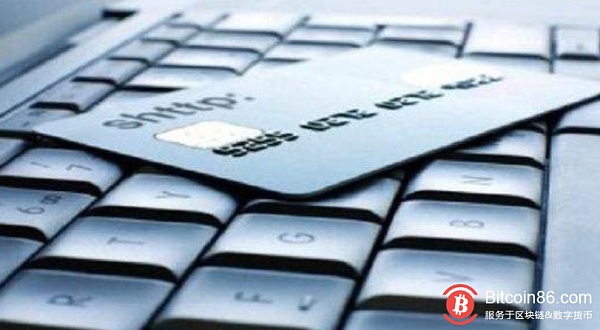How the banking alliance uses blockchain to increase efficiency

Enterprise blockchain promotion
In October 2017, JPMorgan Chase (JPM) quietly launched a small industry competition network to test how payments were made to each other using distributed ledgers. The platform promises to simplify the compliance process by moving data to a shared ledger, reducing the number of programs that traditionally take weeks to hours.
- Bitcoin prices began to fall after successive surges
- Analyst: Bitcoin will return to $4,300 after skyrocketing
- Apple Smart Watch Introduces Bitcoin Lightning Network Wallet App
By 2018, the consortium included large banking companies such as Mizuho, Santander, Societe Generale and Royal Bank of Canada; within 11 months, there were 76 members of the IIN consortium.
JPM and Santander were originally part of the R3 consortium, which built a corporate blockchain platform called "Strings." Many members of IIN work simultaneously with Corrugated Companies, while others are associated with Hyperledger or the Revenge Enterprise Alliance. xRapid or xCurrent is integrated into inter-currency settlement. In essence, IIN is just one way to improve compliance efficiency – not as a payment settlement layer.

Since the blockchain allows participants to not only become part of the network but also form a governance model, this is the ideal solution for sharing data on shared ledgers. In addition, these companies did not disclose confidential data, only data they could know for competitors.
These companies are very reluctant to share any information; once they can overcome this obstacle, compliance in all industries will be significantly improved. Gartner estimates that the value of the blockchain consortium will reach $3.1 trillion by 2030.
Pro blockchain, anti-bitcoin
The constant narrative between large companies is valuable for blockchains and distributed ledgers, but they are skeptical about the utility of Bitcoin. JPMorgan Chase is no stranger to this because their CEO Jamie Dimon called Bitcoin a scam – he thought he quickly withdrew his statement.

We are increasingly seeing that companies are actually starting to research and understand distributed ledgers and digital currencies. In the long run, the future of blockchains and digital currencies in the enterprise is forming a powerful force. Despite comments from people like Ruhr El Robini who don't believe in the utility of distributed ledgers, the blockchain can change the world's narrative is growing rapidly. (New Finance)
We will continue to update Blocking; if you have any questions or suggestions, please contact us!
Was this article helpful?
93 out of 132 found this helpful
Related articles
- Global asset management giant Fidelity Investments will launch bitcoin trading in the coming weeks
- Will the biggest secret of Bitcoin be quickly revealed?
- Chinese social media giant WeChat introduced a new deal to ban encrypted transactions
- Swiss head of the Swiss Stock Exchange denies that bitcoin trading will be launched
- US SEC and CFTC Chairman Participate in Senate Budget Hearing to Discuss Issues Related to Encryption
- Bitcoin regained the $7,000 mark, hitting an eight-month high
- Analysis of the madman market on May 12: the value will eventually be presented, and the air will eventually return to zero.




